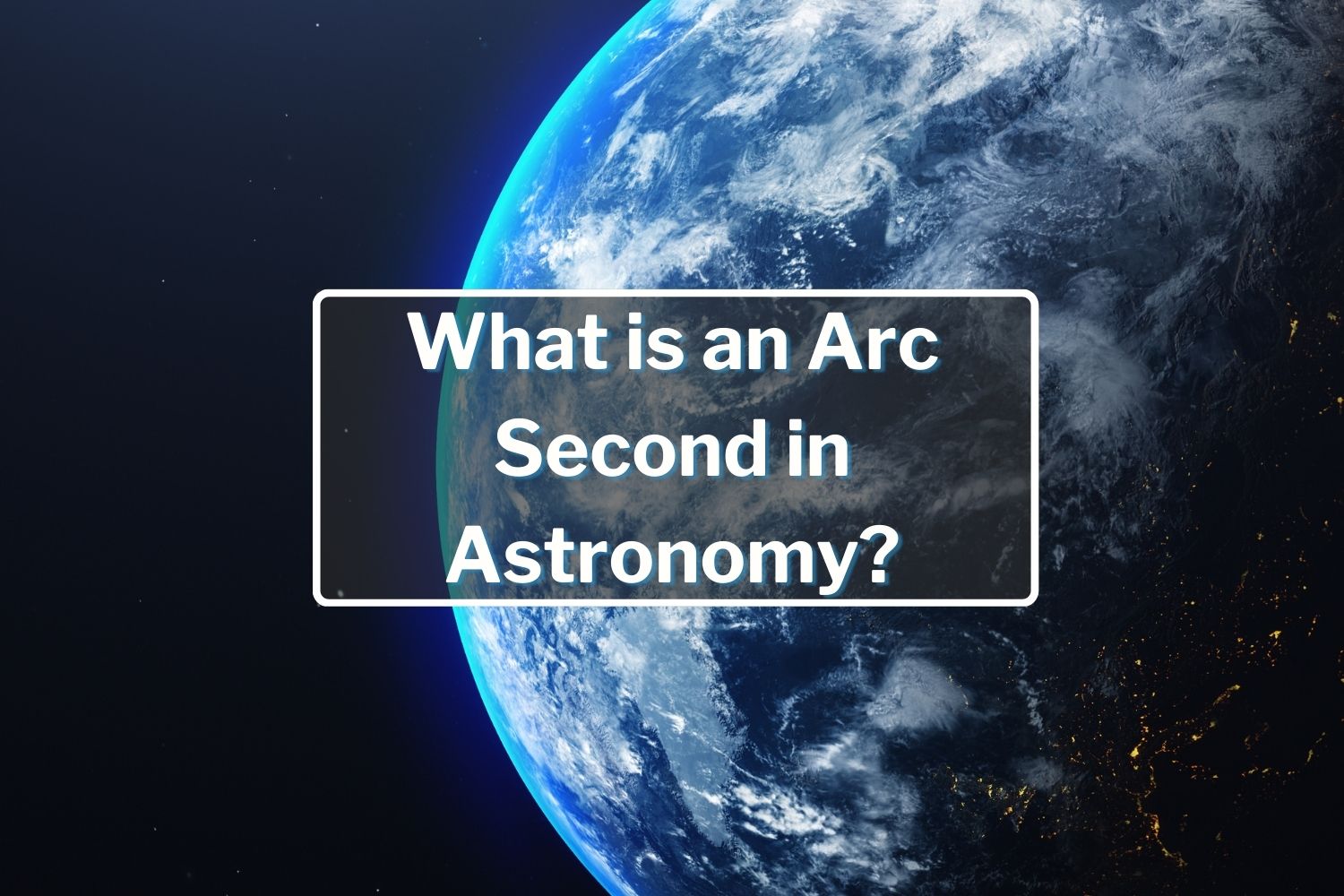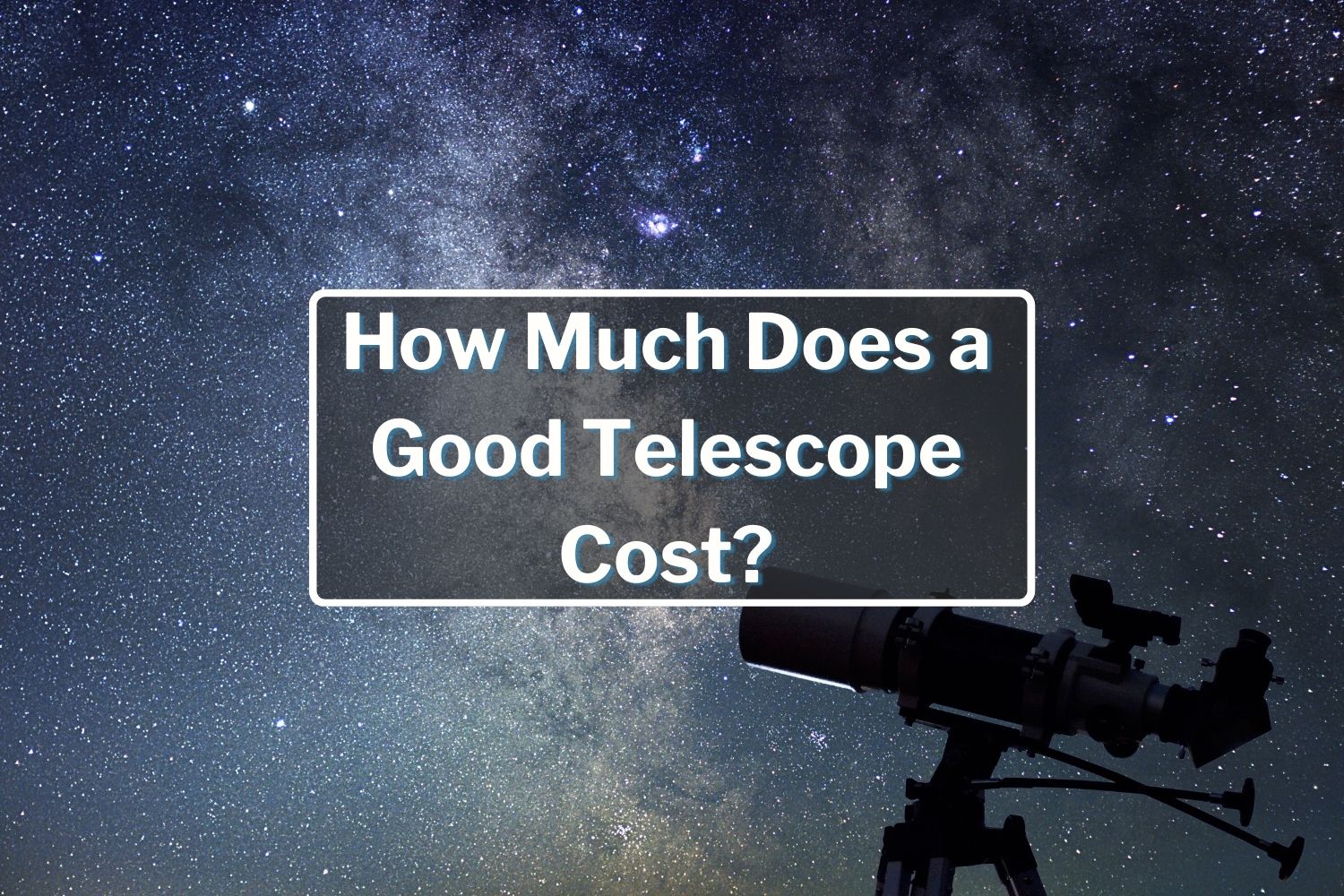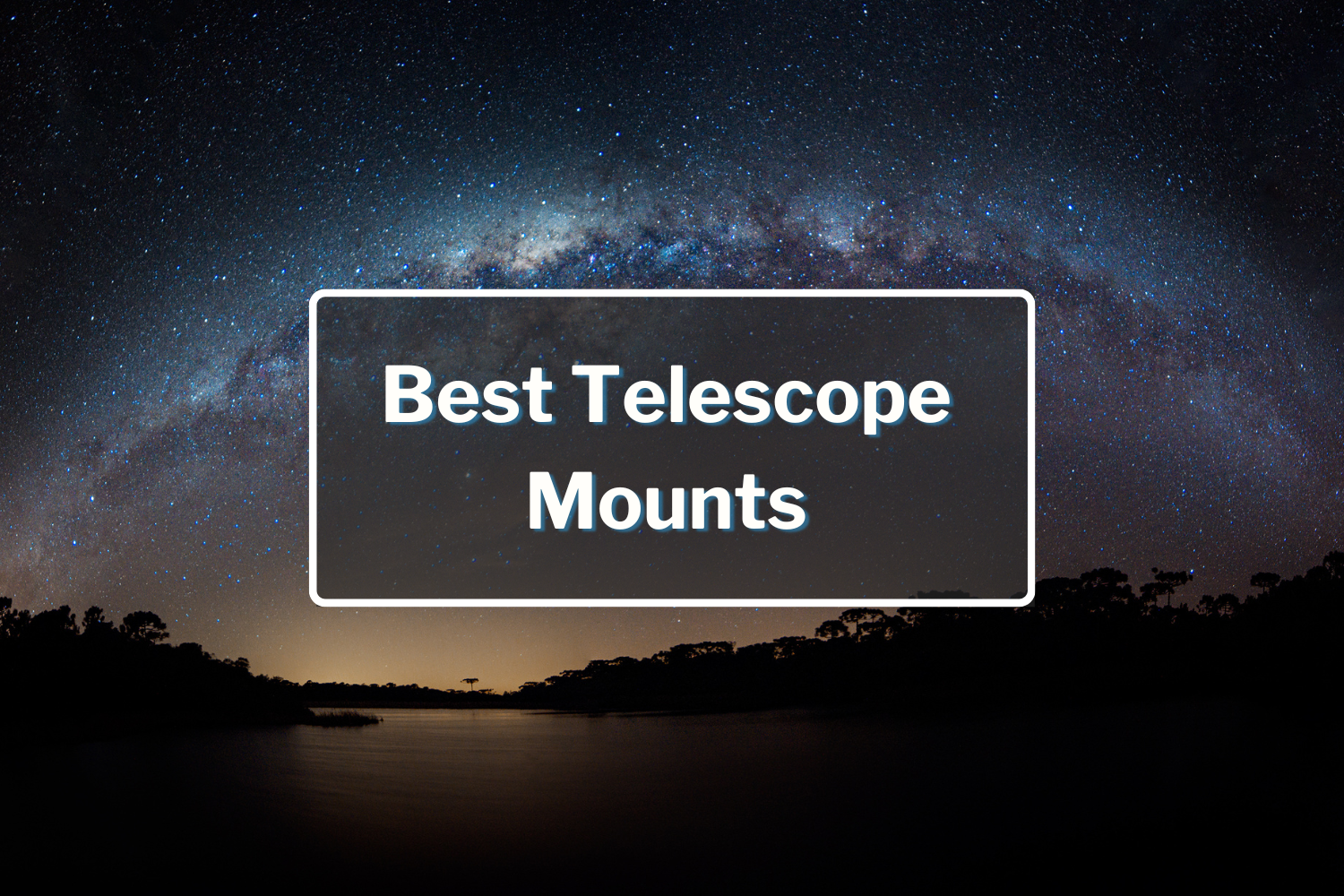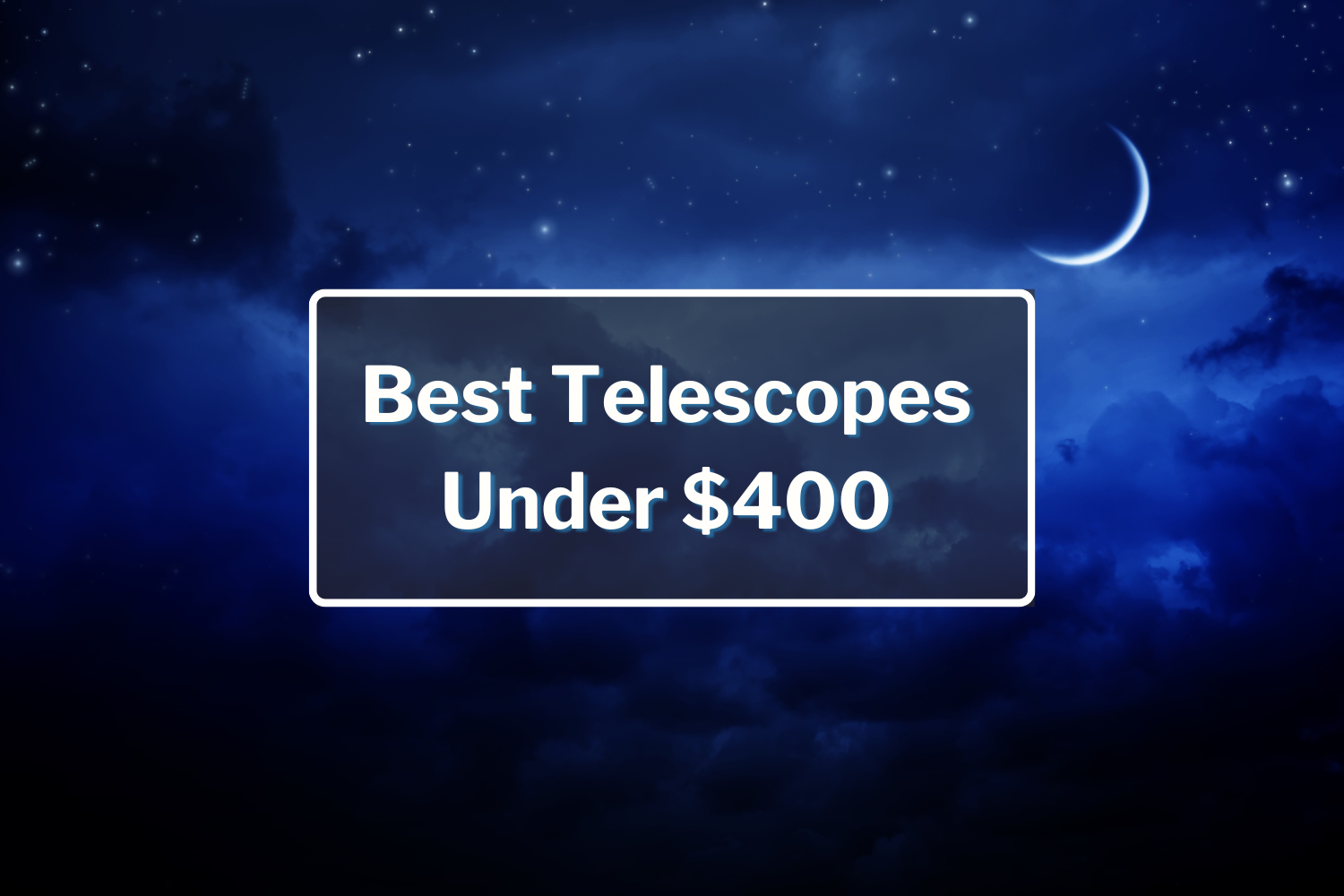Orion Nebula Through a Telescope
The Orion Nebula is one of the most famous nebulae in our galaxy. It’s also one of the easiest objects to observe through a telescope and in some of the darker locations, you can even see it with the naked eye. As the name suggests, it is located in the constellation of Orion, and an easy target for amateur astronomers because it’s so bright and relatively close to Earth. Space nerds (that’s us), also call it by their Messier catalog designation, M42.
Finding the Orion Constellation
The constellation of Orion is visible in the northern hemisphere during the late Summer, Fall and Winter periods. It is very high over the horizon by December for many of us and is easily discernible because most of the major stars that make up the constellation are very bright. If you’re not familiar with the constellations, using an app like Skyview Free can help you get oriented.
Here’s a helpful tip for finding many interesting constellations as well as the planets, moon and Sun: Orion lies on the ecliptic, this is the path the Sun follows across the sky and it defines the plane of our solar system. All of the planets that orbit the Sun lie within 20 degrees of this plane and from our perspective, lie on a line that crosses the sky from east to west.
So, to find Orion in the sky, look south and scan a line from East to West about 20 degrees above the horizon (this will vary a bit depending on your local latitude) and look the this distinctive pattern of stars:

The Orion Constellation is high over the horizon in the winter months of the northern hemisphere. The distinctive pattern of The Hunter is prominent over the southern horizon from October through March.
Image Credit: Adobe Stock
If you happen to see any bright points of light (brighter than any stars), then you’ve likely found a planet. Pointing your phone at it using a night sky app will tell you which one it is.
Now Find the Orion Nebula with Your Naked Eye
The Orion Nebula itself lies in the sword of the belt of Orion. Looking at the bright three stars of Orion’s belt, there is a slightly dimmer line of stars ‘hanging down’ from it. If it looks slightly blurry to you, congratulations, you’re looking at the Orion Nebula complex with your naked eye!

The Constellation of Orion. The Orion Nebula is the fuzzy patch beneath the sword.
Image Credit: Stellarium
In many light polluted areas, you may not see the fuzziness, and you may only barely be able to make out the stars in the sword at all. In borderline cases, it’s helpful to use averted vision: look slightly to the left or right of the area. The parts of your retina that see gray are more sensitive to the areas of your retina that process color and looking slightly away activates those areas, sometimes allowing you to see the nebula.
If it’s still not working but you know you’re in the right place (maybe by verifying it with a phone app), then grab a pair of binoculars or a small scope (even a spotter’s scope would work) and it will come into view.
The Orion Nebula Through a Telescope
Besides the planets (especially Saturn), there’s no more gratifying object to look at through a telescope than the Orion Nebula. It is actually an enormous star-forming region that engulf the entire constellation, but the nebula itself is the heart, the nursery from which material is coalescing under gravity to create brand new stars.

The Orion Nebula as Imaged Through Amateur Telescope
Image Credit: William Ibanez (Poolside Stargeezer)
Even modest telescopes show spectacular results and you’re best advised to keep magnifications low and fields-of-view wide to take it all in. Higher magnifications will zoom in on the ‘trapezium’, the brightest areas of star formation (at least from our viewpoint), and consist of a diamond shaped cluster of stars that are very bright both in an eyepiece and when imaging.
If you’re under darker skies, you may notice a greenish tinge to the nebula. The nebula itself is bright in many colors, but because our eyes are most sensitive to green, those with good eyesight can make it out. This color is due to the presence of molecular Oxygen in the nebula. There is also a lot of molecular Hydrogen which is very bright in the red part of the spectrum and shows up clearly in telescopes utilizing a broadband h-alpha filter.

Interesting Things in Orion (besides the nebula)
The Orion region of the night sky is one of the most interesting places you can visit. It is home, not only the Orion Nebula, but to stars that are among the largest in our galaxy.
Rigel, for example, is a blue supergiant star, some 860 light years away. It is 100,000 times brighter than our Sun and about 20 times more massive with a surface temperature of 12,100 K. It is estimated to be 7-9 billion years old and has run out of its core hydrogen and is dying. Exactly when it dies is hard to pinpoint, but when it does, we’ll know. It will explode in a Type II supernova that will easily be seen during the day.
Betelgeuse is another very interesting star, and it’s been in the news a lot lately. It is a red supergiant star, and on many nights you can see the red color, which is also dying. It is about 550 light years away with a radius that is a whopping 764 times that of the Sun. It is over 16 times more massive and 126,000 times brighter as well.
Betelgeuse is so big astronomers can actually measure its diameter directly rather than relying on indirect measurements. Lately though, it’s been acting strange. Starting in October 2019 the star began to dim and astronomers didn’t know why. Then it brightened. Now, it’s back to its normal range. Astronomers couldn’t find any significant change in brightness in past observations going back some 50 years so this was surprising. Observations using the Hubble Space Telescope suggested that there was dust from a surface mass ejection that sent material millions of miles from the star that cooled and blocked the light. This star is becoming unstable and getting ready to explode. When it does, it will be one of the most remarkable events in astronomical history (at least from the perspective of humans on Earth).
For those with imaging equipment attached to wide-field telescopes, Barnards Loop is spectacular. To see it, one needs to image the entire Orion Constellation using a wide-band h-alpha filter and/or theTriad Filter from OPT. This is a molecular cloud complex that also contains the famous Horsehead Nebula (another object that needs an imaging rig to see). The Loop itself is massive: it spans 600 arcminutes and covers almost the entire constellation. It’s been reported by some under very dark skies that Barnard’s Loop can be seen with the naked eye, but those would have to be some dark skies.

It is very easy to spend all night just looking at the stuff in the constellation of Orion. It is the place where many amateurs hone both their visual observing and imaging skills. There’s so much to observe and most of it is so easy to find, that even advanced amateurs stop by regularly.












